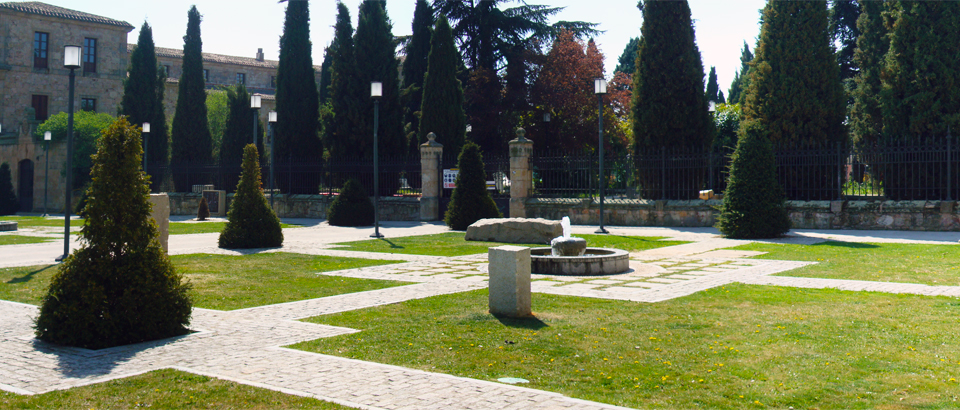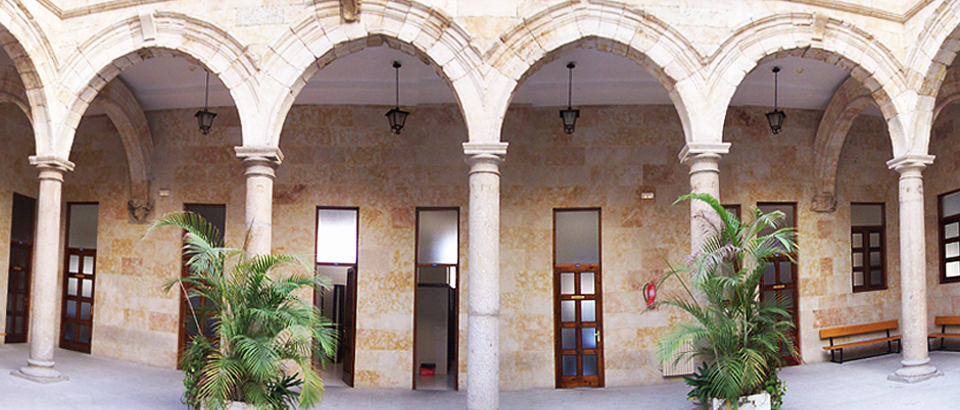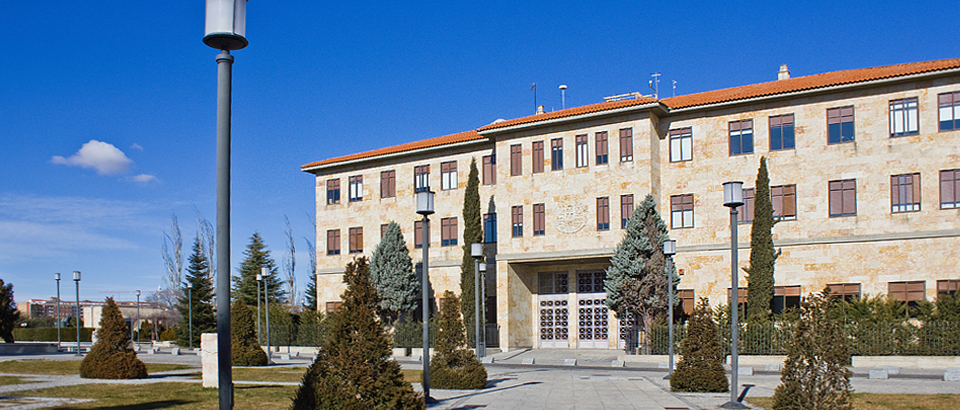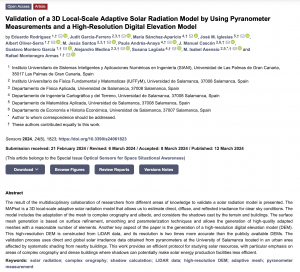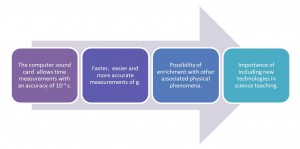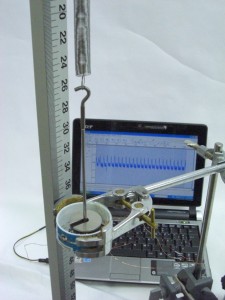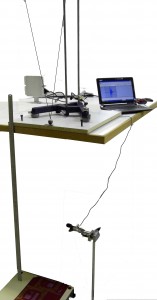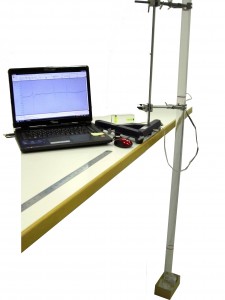“Validation of a 3D Local-Scale Adaptive Solar Radiation Model by Using Pyranometer Measurements and a High-Resolution Digital Elevation Model”
Rodríguez, E., García-Ferrero, J., Sánchez-Aparicio, M., Iglesias, J. M., Oliver-Serra, A., Santos, M. J., Andrés-Anaya, P., Cascón, J.M., Montero García, G., Medina, A., Lagüela S., Asensio, M.I., & Montenegro Armas, R.
Sensors, 2024, 24(6), 182
https://www.mdpi.com/1424-8220/24/6/1823
Orgullosos de este trabajo de colaboración entre investigadores de diferentes áreas de conocimiento, departamentos y universidades:
- Instituto Universitario de Sistemas Inteligentes y Aplicaciones Numéricas en Ingeniería (SIANI), Universidad de Las Palmas de Gran Canaria, 35017 Las Palmas de Gran Canaria, Spain
- Instituto Universitario de Física Fundamental y Matematicas (IUFFyM), Universidad de Salamanca, 37008 Salamanca, Spain
- Departamento de Física Aplicada, Universidad de Salamanca, 37008 Salamanca, Spain
- Departamento de Ingeniería Cartográfica y del Terreno, Universidad de Salamanca, 37008 Salamanca, Spain
- Departamento de Matemática Aplicada, Universidad de Salamanca, 37008 Salamanca, Spain
- Departamento de Economía e Historia Económica, Universidad de Salamanca, 37007 Salamanca, Spain.
Todo un lujo.


